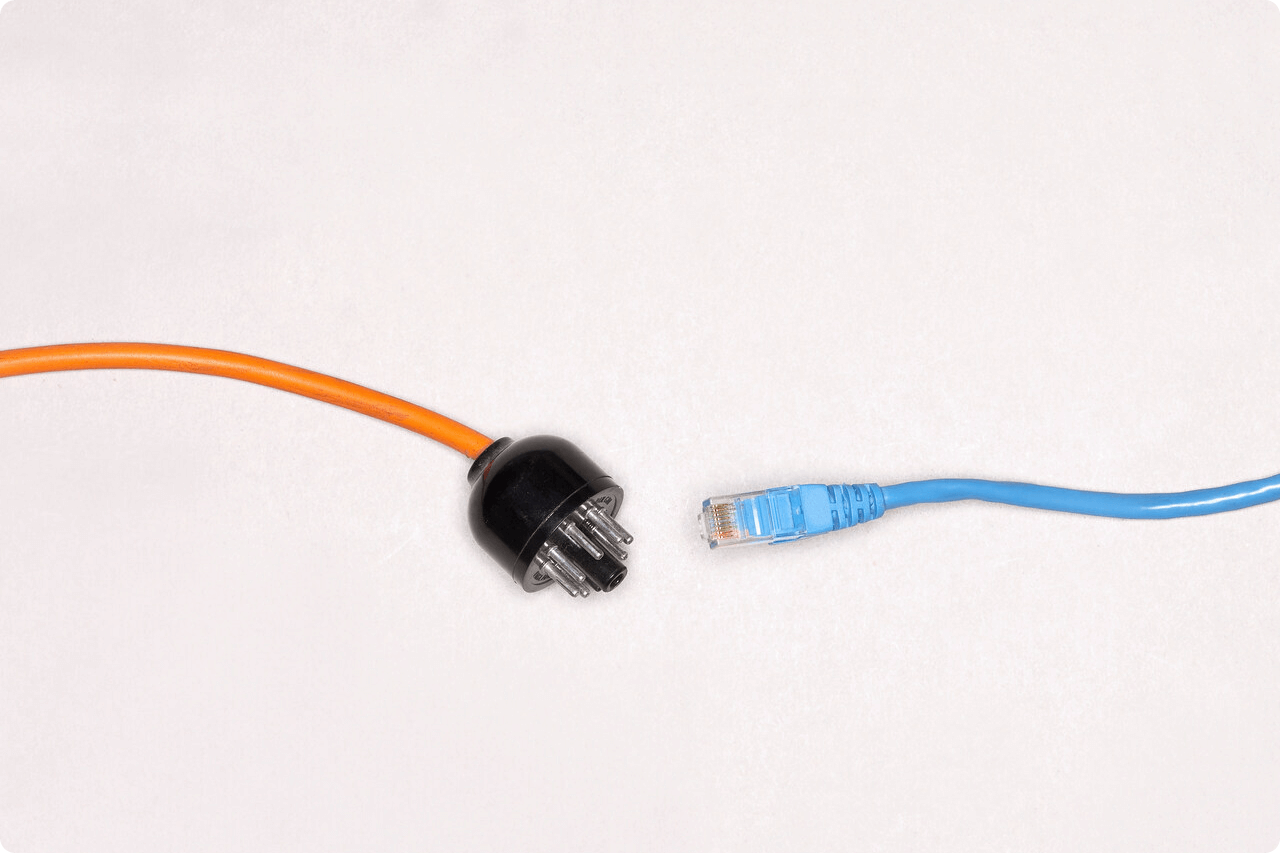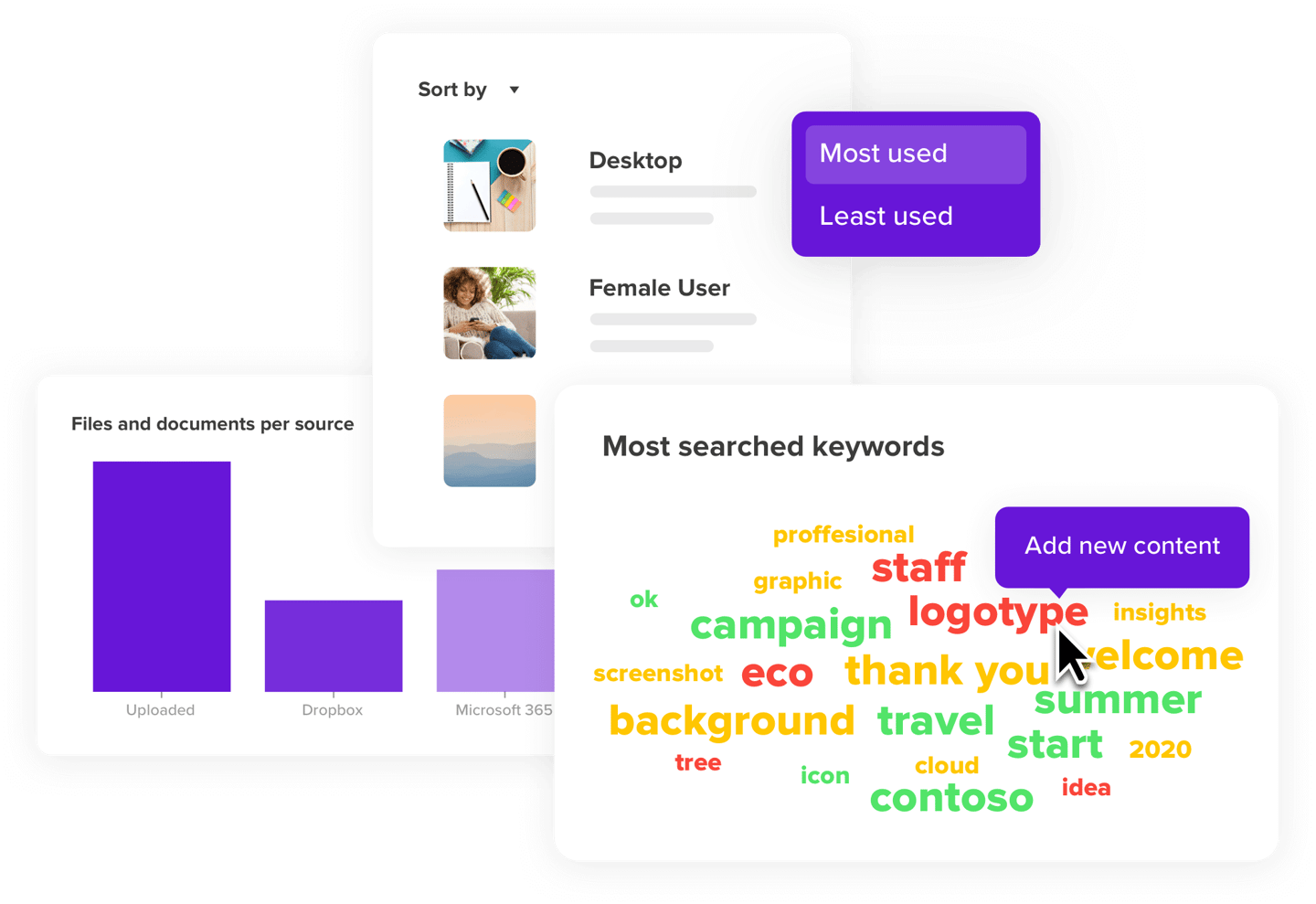Save time and boost ROI in a 2023 multisystem world
Time might just be the only thing that is truly fair for everyone all around the world. It's equal for every human being, and doesn't depend on your financial situation, where you live, or even your religion. We all have 24 hours in a day and 168 hours in a week to manage.
How do you spend your 24 hours?
It's no surprise that many people across the globe find it difficult to manage their time, prioritize well, and use their allocated hours to achieve the results they're hoping for. In some cases, this causes stress, which often leads to poor focus, lower productivity, and even illness.

That's why it's so incredibly important for companies to minimize unnecessary, time-consuming activities that can be simplified and made smoother.
Most employees have probably faced the challenge of being forced to work in multiple systems simultaneously – just to keep customers, colleagues, or management happy and meet everyone else's expectations.
For example, if you've ever been on the phone with customer service, you've probably heard the words:
"Please hold, I need
to log into another system ..."
In many places, this is a major contributing cause of unnecessary stress for the employee. Logging in and out of different systems and remembering multiple usernames and passwords is a constant cause of distraction and frustration. It's not just at large companies either; staff at smaller organizations are often forced to work in several systems too, especially if the company is facing an expansion or technical upgrade.

You might be thinking: "But we use Single Sign-On and stick to one ecosystem most of the time." That might be true for primary applications included in the Microsoft 365 package or Google Workspace, but then there's all the add-ons. Whether it be a CRM, CMS, cloud storage solution, file transfer service, stock image provider, or social media publishing tool, the list tends to grow. That's why it's so important that the systems are adapted, and preferably integrated, so there's as little friction as possible for the end-user.
So what does this have to do with DAM systems?
When companies invest in a Digital Asset Management solution, it's like building a roof over all the other systems, and in this way, reducing the number of logins to just one. Once the "door to the DAM has been opened" and integrated with the rest of the tech stack, there's no need for constant logging in, logging out, downloading, and uploading. Now, assets in the centralized library can flow freely and securely from room to room.
Using less effort but with a much greater effect.
To be functional for the entire organization, the admin acts like a door attendant, providing access to the relevant "rooms" full of content inside the various systems connected to the DAM. Imagine how much time this saves!
Of course, every company is unique, but based on feedback from customers and admins, a Digital Asset Management system saves every user several hours a week. Let's count conservatively and assume it's 2 hours each week. That's approximately 20 minutes per day the company gets back – the equivalent of one extra work day per month, per employee.

As you probably understand, a DAM system isn't made for a particular industry or a specific size of a company. The crucial thing is more about how to gather and share your company's digital assets – including product shots, campaign material, videos, logos, custom fonts, and templates – in one secure central location. If you or any of your employees are working remotely, DAM is an excellent way to store and sort your documents and valuable visuals in one place for a clear overview and better control. But even if you're at the same office every single day, the system will still simplify and improve your workflow, ROI, brand consistency, and even your communication with salespeople, stakeholders, and customers.
The short answer is that a DAM solution is for any company where flexibility, brand consistency, and efficiency are a high priority. And if an organization considers those things important, that should be reflected in their investing in a DAM.
Now, let's play with the idea that you've decided to implement Digital Asset Management in your organization. Below I'll give you a few things to consider about the Pickit DAM platform.
👉 Check this article to learn how to save more than 30,000$ with a digital asset management system 👈
Why Pickit?
A flexible, dynamic, and modular platform
It provides fresh solutions and flexible modules to help manage, connect, and control your content, increasing brand consistency, compliance, and asset value. Users can quickly find what they’re looking for, while admins get access to powerful insights and data on usage, trends, and need.

User-friendly interface and visual navigation
Another reason why companies choose Pickit over simply using cloud storage or even other DAM platforms are the user-friendly interface and visual navigation. At Pickit, we pride ourselves on doing the extra work to simplify complex systems and processes so the end-user doesn't need to – leaving them more time to focus on their work.
Industry-leading integrations and partners
Some of Pickit's partners include Dropbox, Google, Getty Images, Shutterstock, Adobe, and part-owners Microsoft. By partnering with key players in the tech industry, we're able to developing award-winning integrations to help connect all those "rooms" I was talking about earlier.
Pro Tip
Pickit, our digital asset management system, has native integration with Dropbox. It offers powerful metadata search capabilities as well as visual navigation for rapid discovery. Check how to give full flexibility to designers, marketers, and your sales teams.
12 extra days a year, per employee
Imagine that your company can save an average of one day per month by removing the need for employees to keep swapping platforms and go searching for content on random hard drives and storage systems. Wasting time context-switching isn't lucrative business – instead, you can choose to make time for things that are more enjoyable in life, and more profitable for the company.
One last question
If you don't already have a DAM system, do you have time to wait any longer?